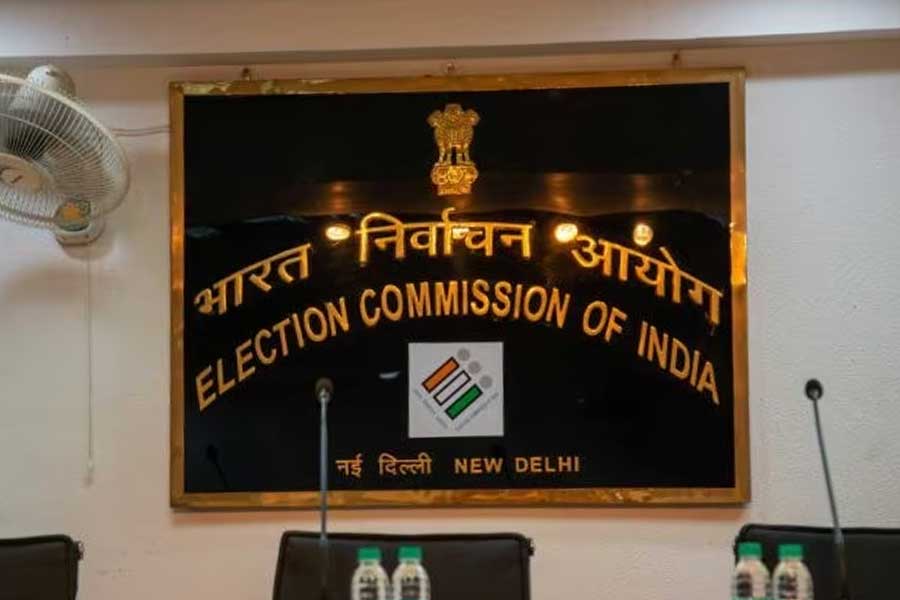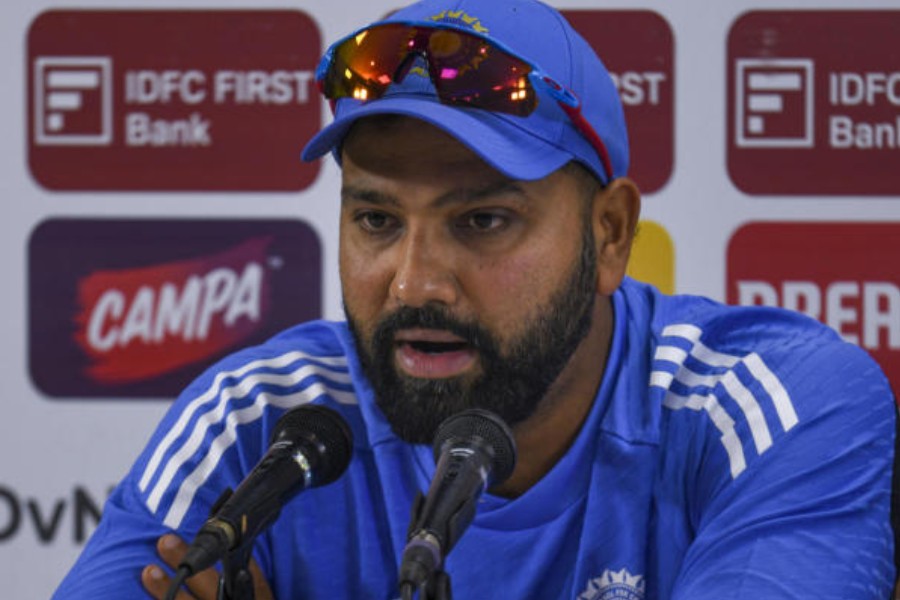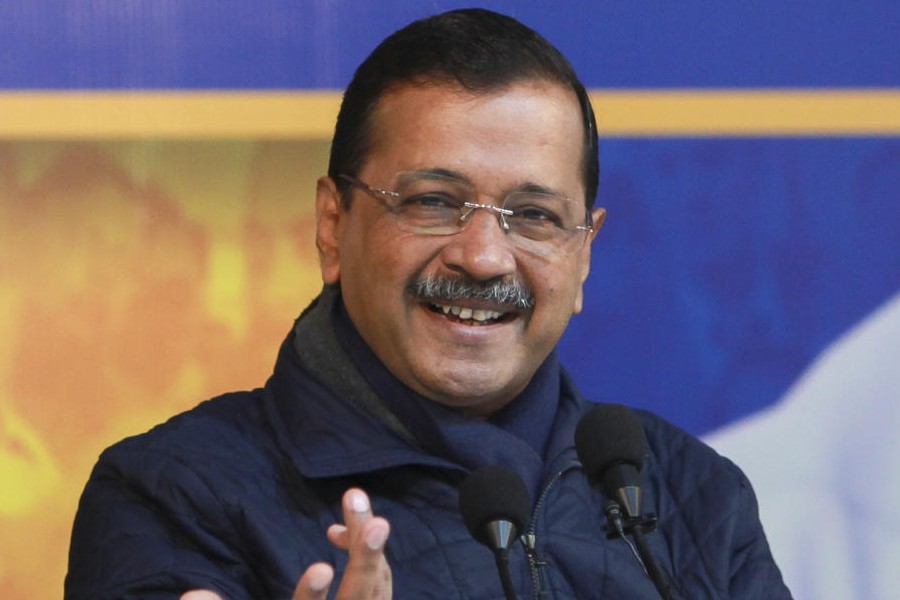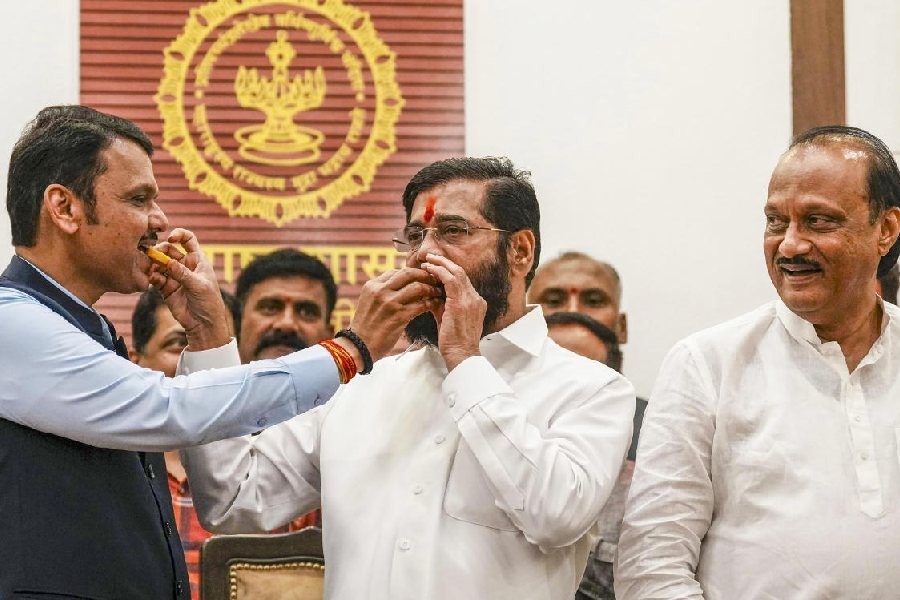The Congress on Saturday reiterated its doubts over the sizeable increase in voter turnouts after the end of the polling hours during this year’s Lok Sabha polls.
All India Congress Committee secretary Sandeep Dikshit asked the Election Commission of India (EC) to respond to a report by the civil society group, Vote for Democracy, Maharashtra, titled "Conduct of Lok Sabha Elections 2024".
"Their main point is that the initial figures given on polling day and the final turnout figures differ a lot. In some phases, the difference was four per cent, some six per cent…. This comes at a time when people swear by the EVM and say that everything is revealed through the EVM…. I can’t believe that after 7pm, 10 per cent votes were cast. This creates suspicion," Dikshit said.
Released last month, the report analyses the Election Commission’s statements on turnout figures. It claims: "Significantly, the total hike in absolute number of votes cumulatively for all the phases between the voter turnout figures reported at 7-8.45pm and final turnout figures — extrapolated figures from the Available Figures of the Percentage of Polled Votes, supplied by the Election Commission of India (ECI) — is close to 5 crore votes (4.72 per cent)…. Since, historically, in previous elections, voting percentage figures have changed by a minute approximate 1 per cent only, this unexplained hike across all and in some states/ phases is unacceptable."
The report adds that this hike affected “approximately 79 seats that could have benefitted the NDA/BJP coalition”.
Pointing to the increase of around 12.5 per cent votes after polling hours in Odisha and Andhra Pradesh, Dikshit said at a media conference: “Is it a coincidence that the BJP and its allies did well in these states? I leave it to you.”
He added: “If we believe there was fraud in this increase in votes, then the BJP has won 79 seats by this manipulation…. If you decrease the BJP’s seats by 50-55 and increase their opponents’ by the same number then you can understand which party’s people would have been sworn in on the fourth (of June)….”
He identified Maharashtra, Andhra Pradesh, Odisha and Bihar as states where the BJP had performed better than the Congress’s expectations, and said it was because of this “hera pheri” (fraud).
The highest difference between the final and initial turnouts — 25.14 per cent — was in Lakshadweep, where the Congress won.
“The Indian National Congress asks the EC to take this report seriously. Its accountability and image are under question. The people of India have always respected the EC, but for the last eight to 10 years, its actions have been suspect. If they do not respond to this report, it raises serious questions…. If not, our party is considering whether to raise it at another, at a higher level, for an inquiry to put pressure on the EC.”
The Congress had raised these issues during the polls in May, prompting the EC to cite voter turnout figures in all polls since 2019. In the previous Lok Sabha polls, the difference between initial and final turnout figures ranged from 0.21 to 3.43 per cent between the seven phases. In the Tamil Nadu and Tripura Assembly polls, this was more than9 per cent.
The poll panel had said: “(i) There is always time lag in reporting of estimated data on poll day (ii) Voters continue to vote even after 6:00 pm in long queue at many polling stations and can be verified by actual close of poll time recorded (iii) As polling parties arrive late night and report, data gets updated with actual numbers from Form 17C, replacing estimated voter turnout recorded on poll day (P), on P+1 day after scrutiny conducted in presence of candidates and observers, and even P+2 or P+3 day due to difficult geography and weather conditions. (iv) Repoll data gets updated on conclusion of repoll, if any.”
More than 20 candidates who contested the recent parliamentary polls have filed election petitions challenging the results in the high courts. Among them, 11 have asked for the examination of the EVM microcontrollers. They include three BJP candidates, too.
A heatwave during the polls led to voters turning up after sunset in many places.











